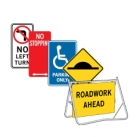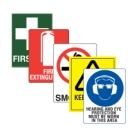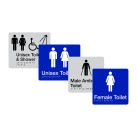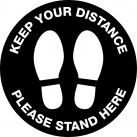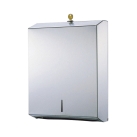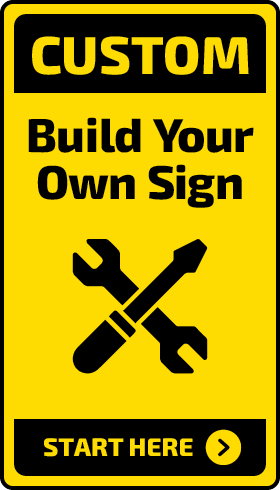The Importance of Traffic Signs for Road Safety
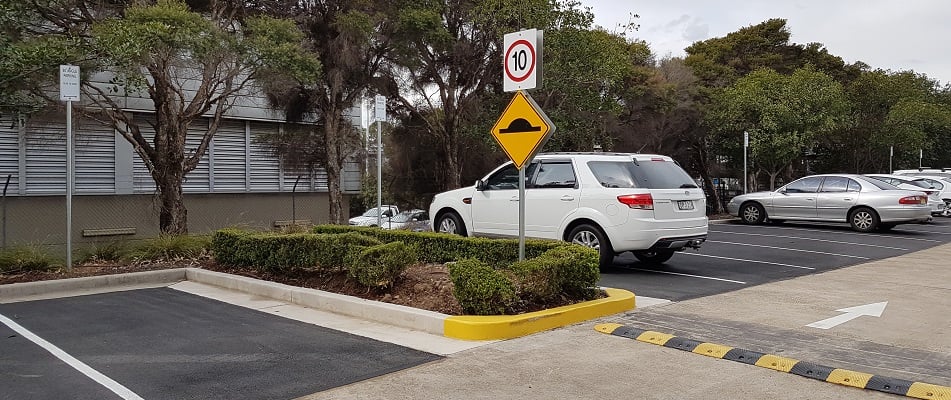
In 2020 there were 1,095 road related deaths in Australia. 66% were drivers or passengers of motor vehicles, 21% were cyclists or motorcyclists and 12.6% were pedestrians. Everything from alcohol and fatigue to speed and ignoring traffic signs play a role in the injuries and deaths that plague Australian roads each year.
The leading
cause of worksite death
between 2019 and 2020 were vehicle collisions, making up 41% of all workplace
fatalities. The need for proper, and correctly placed signage is essential to
help keep workers safe.
Traffic signs
are an essential part of road, car park and worksite safety. Ensuring that
proper signage is erected in correct positions is a huge aspect of keeping
drivers, cyclists, and pedestrians safe.
Road signs can
be used to direct traffic, highlight hazards, and give instructions. The main
goal of traffic signs is to be clear and concise. Ideally, anyone should be
able to understand a road sign no matter if they are an experienced driver or
tourist walking on the street. For this reason, most signs have simple words or
pictures that can be quickly understood.
“There are many
Australians’ living with learning and vision disabilities that make clear
signage imperative for widespread safety” explains disability support provider ARA-AID.
What do they
do?
The most basic traffic signs aim to prevent collisions.
Because they are directing drivers, they need to quickly attract attention.
Road signs must be placed in a prominent position that gives drivers enough
time to react and follow the instructions. Signs should also not be too text
heavy as this could distract drivers and cause danger.
Traffic signs provide a wealth of information, from speed
limits to directions on where and when to turn. Following traffic regulations
helps guarantee the safety of everyone on the road by reducing the danger of
drivers colliding with other cars, pedestrians, or bicyclists.
Where Should
They Be Placed?
Traffic signs require
input from a traffic engineer who will conduct a study to determine which signs
are required for a particular location. It is essential that professionals are
employed during the process of installing signs as incorrect placement can lead
to more danger.
The
Installation Process:
According to Roads and Traffic Authority NSW, the responsibility of a sign installation lies with the authority who controls the road. No changes or additions should be made without authorisation from either the Roads and Traffic Authority (RTA) or local council.
The basic steps involved in installing traffic signs are:
- Determine
the type of sign required
- Determine
the proper position
- Assess
any environmental factors that may require special consideration (this may
include severe weather conditions or general activity that will require
structural consideration)
- Determine
the level of support structure needed for safe and lasting installation
- Obtain a
sign that is in accordance with current RTA policy
- Authorise
the signs installation with the appropriate body
What Support
Structure Will the Sign Need?
“The type of support, footing and mounting that a sign requires is dependent on the size of the sign face, if the sign has any electrical components, the height of the sign, the location of the sign, and if it is cantilevered, and most importantly if the sign has any risk of intervention from weather, water or wear and tear” notes Shuttle Tech Electrical.
Some Common Traffic Sign Types:
Regulatory signs give drivers crucial directions and instructions. Their main purpose is to mark give way and stopping points, direct traffic in particular directions and indicate speed limits.
Regulatory signs are important even in areas like car parks and worksites where cars need to travel much slower and be hyper aware of instructions to prevent collision.
Prohibition signs are extremely important for keeping people safe. They can notify pedestrians, cyclists, and drivers of areas they are not permitted to enter and prevent drivers from making wrong turns and colliding with other cars.
“Prohibition signs are super important on worksites because they can prevent injury and death” explains the demolition workers at Hives Demolition, “Some areas of worksites need specific PPE and can be super dangerous”.
Caution signs are designed to draw attention to hazards. Caution signs may be used in areas of high pedestrian, cyclist or wildlife activity and are used to indicate changes in road conditions like slopes, bumps, and sharp turns.
Having clearly marked signs that show drivers where they can and can’t park are a vital addition for roads, car parks and worksites. Parking signs may show loading zone times, disabled and parent parking and no stopping zones among other directions.

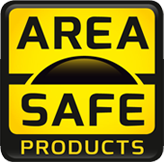
 Speed of Service
Speed of Service Easy Systems
Easy Systems Product Designs & Developers
Product Designs & Developers Car Park Protection
Car Park Protection 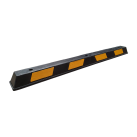
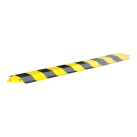


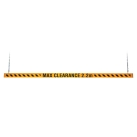
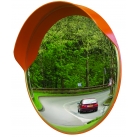
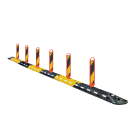
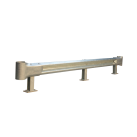
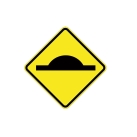
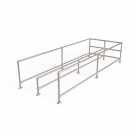
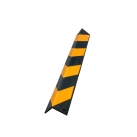
 Industrial Safety
Industrial Safety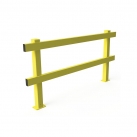
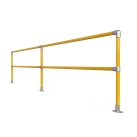


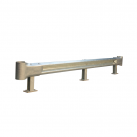
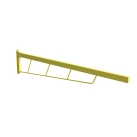
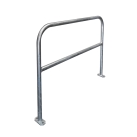
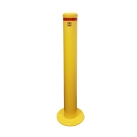
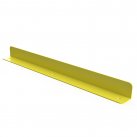

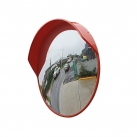
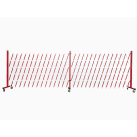
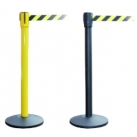
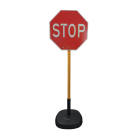
 Urban Furniture
Urban Furniture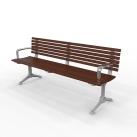

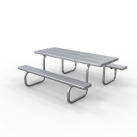


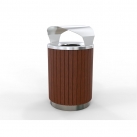
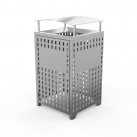

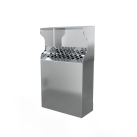
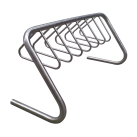

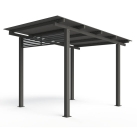
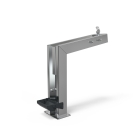
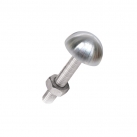

 Pedestrian Barriers
Pedestrian Barriers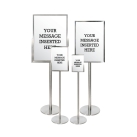
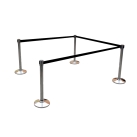

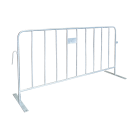

 Matting, Ramps & Tactiles
Matting, Ramps & Tactiles
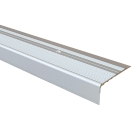

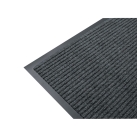
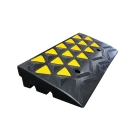
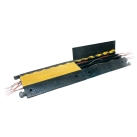
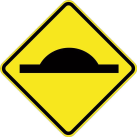 Signage & Safety
Signage & Safety 
